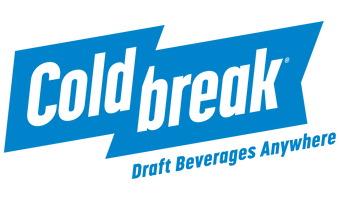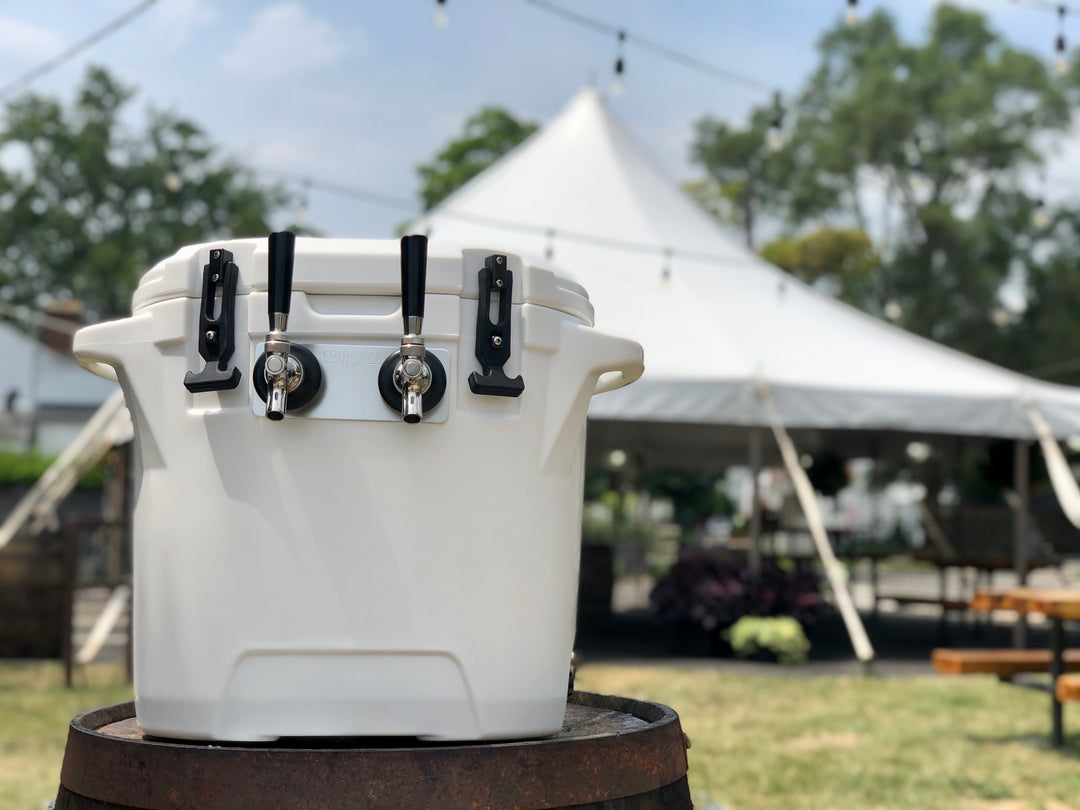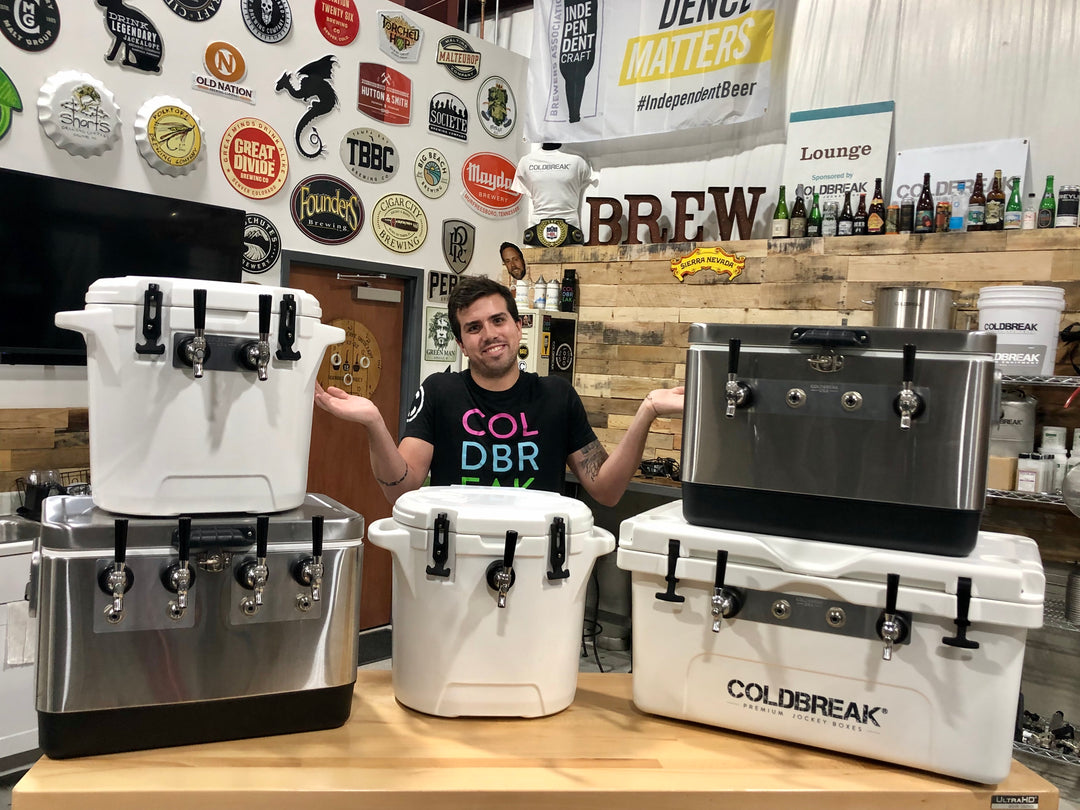Pro Tips for Preparing Cocktails on Draft, Part 2
...continued from Pro Tips for Preparing Cocktails on Draft, Part 1
CARB UP
Carbonation is the distinct tiny bubbles and effervescent, fizzy mouthfeel we recognize as characteristic of many popular cocktails (and beer and pop and seltzer, etc.). Adding it to our already-prepped and filled kegs is easy, but it does require a little practice and patience.
To achieve an ideal carbonation level of 10 psi when your cocktail is being dispensed at the tap, you’ll want its carbonation level inside the keg to be upwards of 50 psi before you start serving it. We do this by a shortcut known as “force-carbing”—directly infusing CO2 into whatever liquid is inside the keg.

Once you’ve injected CO2 into the cocktail that’s already been prepped and filled inside a keg, pull the release valve on your keg (once sealed) to purge the keg of any oxygen. Doing so helps to slow/prevent the oxidation of any perishable ingredients (fruit), unwanted excessive acidity, and oxygen-induced off-flavors.
It will take 48-72 hours for the carbonation inside that kegged liquid to reach ~50 psi. Your keg needs to remain refrigerated during the wait.
If you’re in a pinch, you can cheat the waiting game. Dose your keg with CO2 as you normally would, as stated above. Then, periodically throughout service, you’ll have to agitate your keg by giving it a few vigorous shakes. Note: This isn’t recommended, and will require constant attention, but it’s better than a flat Gin & Tonic.

CARBONATION CONSIDERATIONS
For reference, beer dispensed through a Jumper BoxTM is ideally ~25-30 psi and ~10-12 psi for draft beer from the source at your favorite taproom. If you’ve operated a jockey box or have any experience with on-premise draft beer, you’re used to occasionally adjusting psi, but you also know that once you’ve got it dialed in you’re golden.
The flexibility of being able to dispense draft cocktails or beer through a Jumper Box is worth the price of admission. However, because the footprint of everyone’s mobile bar trailers will be different, you may have to adjust your psi a degree or two either higher or lower to account for the length of your jumpers and the elevation of your faucets in relation to kegs. What’s important is that you start at 10 psi for draft cocktails and work out from there.
SHELF LIFE
Any kegged liquid concoction that includes perishable ingredients will need to stay refrigerated until its next use. If kept cold, kegged cocktails should easily stay stable for one week, often two. To maximize longevity (read: quality!), it’s critically important that your keg was properly cleaned and that you purged as much oxygen as possible from it after you filled and sealed it.
Consider the type/vibe of the event, the potential consumption habits of the guests, what other alcohol options will be available, and whether you will be able to repurpose any leftover kegged cocktails at your next event. Use these factors to help determine the volume and variety of cocktails you’ll prepare and offer on draft.
Note: Just because you can prepare up to five gallons of a cocktail in advance doesn’t mean you should or have to.

SHOUTOUT
Thanks to our friends at Eastern Kille distillery, in Grand Rapids, MI for their expert authority in helping us compile this resource. If you’re in the neighborhood, tell ‘em we sent you.






